Dolly Parton: From Country to Rock Star
After conquering country, Dolly Parton brings her signature sound and aesthetic to her very first rock album.

If only one word could be used to describe Dolly Parton, what would it be? Star? Legend? Singer-songwriter? Okay, maybe that last one is cheating, but it’s a good option.
After listening to her new album Rockstar, one comes to my mind:
Camp.
Rockstar stands out among Parton’s massive and celebrated discography as her first proper rock album. The singer-songwriter decided to switch things up from her usual country sound to a harder, more guitar-oriented style after being inducted into the Rock and Roll Hall of Fame.
She initially declined the prestigious honor, believing she hadn’t done enough to earn a spot in the hallowed hall. After she was chosen by voters for the recognition despite her pleas, she decided to try her hand at rock.
But this is Dolly Parton we’re talking about, so she wasn’t going to write and record your average rock album. Thankfully, Rockstar is still Dolly, through and through — just with the amplifier turned up a bit louder than usual.
So what makes it camp? Simply by becoming involved in any project, Parton camps it up. From her movies to her performances to her clothes and, of course, her music, everything she touches has a lighthearted and fun quality to it. Her work is worthy of praise and serious critical applause, but it’s never too serious, even when she’s writing and singing about something meaningful and important.
Even after decades as a superstar, Parton continues to find ways to lighten the mood and poke fun at everyone and everything — including herself. Rockstar includes a skit that sees her acting as if she’s a teenager wanting to become a rocker, several tongue-in-cheek references to her own past, and even an imagined conversation between herself and Elvis (played by an Elvis impersonator).
It’s all just a bit ridiculous, but isn’t that what rock music should be?
Rockstar is also not just an album, but an event in and of itself. It features 30 songs, with a healthy mix of new tracks and many covers of some of the biggest hits in rock history. To infuse additional star power into the effort, Parton recruited dozens of musical favorites to join her on what may be the busiest release of her career.
The set includes collaborations with rock legends like Steven Tyler, Stevie Nicks, Peter Frampton, and the two remaining Beatles, Paul McCartney and Ringo Starr. She also makes it feel fresh and modern by singing with Chris Stapleton, Pink, Miley Cyrus, and Lizzo.
Rockstar is fun, loud, massive, and yes, campy — essentially, it’s everything the world could want in a Dolly Parton rock album, and then some. We spoke with the country powerhouse about her newest release, her many, many other projects, and what she thinks of the anti-drag legislation that’s devastating communities in her home state of Tennessee.

METRO WEEKLY: I was so excited when the album was announced. The bits we’ve been hearing have been great. Then, when I got to hear the whole thing, it was everything I wanted from a Dolly rock album. It was campy, fun, and rock and roll. How did it feel to go into that world and make this project?
DOLLY PARTON: Well, actually, I had done different songs at different times in albums, even a couple of dance things we had done, like “Baby I’m Burning” and “Two Doors Down” — two things that kind of hinted at rock, but not a thorough, complete rock and roll album. I’d loved all these songs for years, heard them playing on my husband’s radio — on my own radio for that matter. When I got inducted into the Rock and Roll Hall of Fame, I thought I needed to do something to really earn that title. So that was a perfect storm, I guess, and I decided to get into it. I really enjoyed it. I really mustered up and tried to do my best, singing my heart out. I thought it turned out pretty good!
MW: It turned out wonderful. After all the decades you’ve been making music, have you never thought about rock before in this major way?
DOLLY: No, not in a major way. I had often thought I’d like to do a rock album, because of my husband being such a rock fan. But then the years started going by and I thought, “Well, I’m getting too old to do a rock album.” Then, like I say, that perfect storm came with them inducting me into the Rock and Roll Hall of Fame, and I didn’t think I had earned the right. When they put me in anyhow, I thought, “Well, I’m just going to go ahead and do this rock album!”
Then I got to recording all these songs and they kept mounting up. I was going to do a bunch of songs and then pick maybe 12, 13 songs from it. I wound up doing thirty-plus songs and I thought, well, why not make it an event and just make it a once-in-a-lifetime album? I won’t be doing another one.
MW: The word event is a perfect description because it’s not just a Dolly rock album. This thing is packed to the brim with the biggest names. When you were going into this, how did you decide that it was going to be mostly covers of big songs?
DOLLY: Those are songs I loved, and my husband, being such a rock fan, he was always blasting so many of these songs. I thought, “I’m going to do a whole bunch of his songs” — just some stuff that I had liked through the years. But I also wanted to pick songs that I thought were suited for my voice, that I could sing well, or that meant something. I like doing songs that matter.
When I started singing all these iconic songs, I got the idea that maybe I should have some of these iconic artists who wrote or performed these songs originally. There’s a lot of them around my age. I thought, “So many of them are still around, so I’m going to ask them to sing along with me.”
MW: The album spans genres. It’s rock, but it includes different eras and genres within rock. How did you whittle it down to these final thirty?
DOLLY: That’s funny. How did I whittle it down to thirty? I was supposed to be whittling it down to maybe 12, but I was just doing the songs as demos and thinking, “I’ll pick the ones that are great.” So I just kept doing these songs and every time I’d do one I’d think, “Oh, that sounds great.” Then I’d think, “Oh, I forgot. I love so-and-so. Then I forgot this one. I forgot that one.”
So I just kept recording songs until one day, we were about 35 songs in and [producer] Kent Wells said, “Dolly, we got to stop. You can’t record every damn song that’s ever been in the rock and roll field.” I thought, “Okay, I will stop then.” So we stopped and I thought, “Well, that’s too many good things,” and started trying to weed them out, trying to whittle them down to fit in an album. We thought, “We can’t do it, so let’s just go with it, make it an event!”
MW: A lot of these songs are iconic, they’re classics. So when you approach covering something like that, you have to toe the line between giving fans what they’re familiar with and putting your own spin on it. How did you navigate that?
DOLLY: I just wanted to be true to the song, and I knew my voice is so distinct. Everybody’s going to know it’s me, but I tried to stay in the rhythm and keep being true to the actual song. I didn’t want to get to “Dollyizing” it too much, like I have the liberty to do in country music. You want to at least stay on the beat.
Kent Wells is very helpful with that, of course, because he’s a secret rock and roller, even though he’s been my musical director for 30-plus years. I knew he loved rock and roll. That’s why when we wrote some of the songs together, he had an [idea of] how they should sound, as far as getting that good rock beat. But I just chose the stuff that I liked and thought I could sing well.
MW: It’s interesting to hear you say you picked songs that specifically worked for your signature voice. Were there any that you tried to demo and realized weren’t quite working?
DOLLY: No. Before I went in the studio, I’d already gone through certain songs and I’d pick around on my guitar, at the piano, or Kent and I would work together and I’d think, “Nah, that one don’t have the emotion for me,” or, “That one don’t say enough,” or, “I don’t need to be squalling the whole time.” I just wanted it to have some reason and rhyme, and have a message.
There’s a lot of squalling going on in rock and roll. I wanted to be able to do some squalling, but to have it in good taste and in the right places.
MW: My favorite on the album was the cover of “(I Can’t Get No) Satisfaction,” with Pink and Brandi Carlile.
DOLLY: Oh, wasn’t that great? I love both of them. Brandi’s a dear friend and Pink is becoming one. Pink had done the induction, putting me into the Hall of Fame, and that was so sweet. I thought, “You know what? I can’t get Mick Jagger to sing ‘(I Can’t Get No) Satisfaction.'” We was waiting to find another song for us because I guess he felt he’d just done that one to death, but we ran out of time and I never did get him on anything.
But I love the song and so does my husband. That was one of his favorites, so I asked Pink and Brandi if they’d join me on it. I thought, “Now, that’s some girl power right there.” I had several girls, like Stevie [Nicks] and Joan Jett and Melissa Ethridge — a lot of girl power. I thought, “I’ll have some great girls on this, in addition to some of these great male singers.”
MW: It’s interesting that almost all of the covers are with the originals, but there are a handful sprinkled throughout with more contemporary people like Pink or Lizzo. Was that just on a case-by-case basis of who was available or did you really want to mix it up in that way?
DOLLY: I wanted to mix it up. I really put some thought into who I wanted. Just like the song with Melissa Ethridge — it’s an original, “Tried to Rock and Roll Me.” Boy, she killed that. I knew she would. It sounds like a song that’s been around forever, although that’s one that Kent and I wrote together.
I was just trying to do it different ways. I wanted to get some of the people I liked. I was going to have Lizzo sing on [“Stairway to Heaven”], but she said, “Let me just play my flute,” because that added a great deal to that song because it had a flute on the original. So I just let every song call out its own thing.

MW: You said earlier that, as you were picking songs, you wanted to make sure that they really said something and that the album said something. What do you think the album says?
DOLLY: It says, “Dolly can sing her ass off.” That’s what I want them to say because I really wanted the rock people to be proud of me. If I’m going to sing their songs and they put me in the Rock and Roll Hall of Fame, which I didn’t feel I’d done enough to earn, I was really trying to earn my keep in this album, trying to make the rockers proud of me. I knew my fans would love it. They love it when I do something different. I knew they’d be open to it, be interested in it, into it.
I wanted it to be a fun album that has really good vocals and good songs. It was good for me and I enjoyed it. This is one of the great moments of my life, getting to do this album with these great songs because I sing so many songs of my own. It’s a treat for me to get to sing other people’s songs now and then, and especially these great iconic songs with these great iconic people. I was thrilled and honored that it worked out like it did, because I think I enjoyed it more than anybody.
MW: You went into this project as a newly inducted Rock and Roll Hall of Fame member. You’re covering some of the biggest hits in rock history with a lot of the original people. Was this at all intimidating for you?
DOLLY: No, it wasn’t intimidating. I just wanted it to be good. I figured I could sing it. I was excited to meet some of these people and I was really happy. I was hoping that I didn’t put anybody on the spot, so I didn’t call anybody up personally. I sent them a letter through their managers and I told them what I was doing and why I was doing it, and if they were available and if they were willing, I’d love to have them on the record. That way, they could have made you any excuse they wanted. But they all got back to me. I left my number at the bottom of the page, so I heard from them and every person I asked was willing to do it. Some, we just ran out of time before we got to.
MW: It’s primarily covers, but you’re Dolly Parton — one of the most successful and celebrated songwriters of all time. Is that why you wanted to mix in some original work as well?
DOLLY: That’s just a business thing. I always wanted to have something of my own, and Kent, too. I wanted something for us, for our publishing companies. Of course, I felt, well, people will expect something from me, being a writer. I certainly wanted something on here, to be with some of these other great classic people and classic songs. I thought it would be good to have a few. We’ve got nine originals out of 30. That’s not too bad.
MW: That’s a whole album itself!
DOLLY: Yeah, I know. You’re right. I wouldn’t need but one more for that, would I? But some of these songs are 10 minutes long anyhow, like “Free Bird” and “Stairway to Heaven” and “Purple Rain.” I just love singing all those great songs.
MW: When you sat down and started writing specifically for this project, did you at all try to tweak how you write to make it “rock” or is that more in the music?
DOLLY: Yeah, I tried to make it more rock. Kent Wells, he has a beat on that, so I relied on him to say what, for a lot of the rhythm. But when I wrote “Rockstar,” I wanted to have a title song for the album which was tongue-in-cheek. I was just joking. Here I am at 77 trying to be a rockstar. I thought, “I got to have a song about that.” I thought, “Well, I’ll write this one on my own and I’ll write it about a young girl like a Joan Jett” — who is on the album — trying to become a rockstar when she was young. I can just picture this young girl or little young boy trying to make it, standing in their room playing too loud and their parents scolding them, making all that racket.
MW: The song that I was most surprised by was “I Dreamed About Elvis.” I had to stop what I was doing and just absorb it.
DOLLY: Do you like it or don’t?
MW: Oh, I love it. I was expecting a regular song. Part of it is just a fun little ditty, and then you tell this story, which I’ve heard bits of before, about “I Will Always Love You” and the publishing. Tell me about wanting to share that story in this way.
DOLLY: I actually wrote that song 23 years ago. I recorded it 21 years ago. I didn’t even change my vocal. That’s the real Jordanaires singing on that. We did that while they were even still — some of them are gone now, so many of them. But right after I didn’t get to hear Elvis sing it, I was just heartbroken. I thought, “I’m going to write a song where I can have an Elvis soundalike,” and Ronnie McDowell used to work with Elvis, so he can sing and talk just like him.
I thought it would be a fun thing if I had a dream about Elvis, and then had a conversation with him. I thought the fans would love that and that would give me a way to sing a little bit of “I Will Always Love You” on it. That’s what started that whole idea.
I never released it because I knew there’d be a time for it. I wrote it for myself just to get it out of my system. Then when this album came along, I thought, “Wow. I think I’m going to put that in this album.”
MW: I can’t even imagine the Dolly Parton archives somewhere of snippets and unreleased songs. Do you have a sense of how much music you’ve written or recorded and never released?
DOLLY: Oh. I’ve got either copyrighted or registered — it was 3,000 songs several years ago, so I’m sure it’s somewhere in the thousands. But that’s what I do and hell, I’m old now! So if somebody writes something every day over a period of 60 or 70 years, you know you’ve got to have boxes, and drawers, and catalogs, and everything full. So there’s a lot of it. I don’t count it unless we’re dealing with the publishing company. We know how many we have that have been recorded and published and all that. But Lord, I write something all the time.
I always keep a little Ziploc bag [in my purse] because I write ideas and verses and things on any piece of paper I can grab. A Kleenex box, or a napkin, anything. I stick them in my purse until I can sort them out, get the title. I have book titles and ideas. Then, of course, I’ve got drawers of songs and everything, so a lot of it.

MW: I can’t wait to go to the Rock and Roll Hall of Fame one day and see a Ziploc bag in the Dolly Parton exhibit of snippets of songs.
DOLLY: Well, I do. I’m serious! I’ve done that for years.
MW: I was surprised to hear a bit of “I Will Always Love You” twice on the album. Right?
DOLLY: Oh, yeah. With Miley, we did that. That song is so iconic. It was perfect for the Elvis thing. Then Miley and I did that New Year’s show where we did a mashup of “Wrecking Ball” and then we did “I Will Always Love You.” Since I recorded “Wrecking Ball” for my album, I thought it’d be good to bring that back a little bit.
MW: You have a back catalog with thousands of songs, hundreds of which have been released. You have so many hits. But several of them rank among the most beloved, I would say, of all time. Do you ever get tired of talking about or re-recording songs like “I Will Always Love You?”
DOLLY: I’m always thrilled when somebody else records it. I’ve recorded it three times myself. I had my first hit with it back in, what, ’72, ’73? Then I did it as a duet with Vince Gill and it went Top 10. Then I had another No. 1 with it in Best Little Whorehouse in Texas, where I did it in a nutshell. That’s the first time in history — it may still stand — that the same artist has had a No. 1 twice with the same song.
I’m always rehashing my songs, different ones I love. They get their just dues, just like when I did “My Blue Tears” on this album with Simon Le Bon. I’ve recorded that so many times through the years, and even on the Trio album, but I wanted to do it again and add a big orchestrated ending and come back down.
Your songs, you can use over and over. They’re yours, so you can use them any way you want to.
MW: Are there songs in your catalog that you wish received the same type of love?
DOLLY: Yeah, of course. I wish every one of my songs were hits. You never know what’s going to be, or we’d all be rich and famous for sure. But there are certain songs I love that are just on albums.
Some of them surface as favorites even when I do them in concert. “Down From Dover” was never a hit, [but a] fun song to perform on stage. I have so many songs that I love, and I hope people find them and love them whether they’re singles or not.
MW: Of all the incredible features you have on this album, I was the most impressed with the two remaining Beatles on a song for the first time in decades. You must know how special that is.
DOLLY: I do and I’m humbled by the whole thing. I asked Paul [McCartney] if he would sing on it and he said, “Well, sure. I’d love to,” when he wrote me back, “and I’ll play the piano if you’d like,” and I said, “Well, I think I’d like. I think I’d like that very much.” So he played on that.
Then, after Paul had done his part I thought, “I need to ask Ringo because that’s the last of the Beatles.” Then, of course, he said he would be happy to play.
At that time, I think he was in the studio and Mick Fleetwood was in there, and Peter Frampton. They was good old buddies. They joined in and played a little bit. Fleetwood played some percussion and Peter Frampton did that wonderful turnaround in it, so that made it even twice as special.

MW: You could have delivered a straightforward rock album and it would have been great, but you put your Dolly twist on it. You talked about the Joan Jett song and the opening skit. This is campy and it’s so much fun. Tell me a bit about infusing that energy into rock.
DOLLY: I just have to be myself, no matter where I am or what I’m doing. I wanted to have fun and it was great fun. I was singing with Stevie Nicks, “What Has Rock and Roll Ever Done For You,” which she wrote. We had fun at the studio, just singing it and playing around.
That little song “Rockstar,” I wanted that to be acted out. To me, that song is like a play of a sort. You’re picturing the daddy in there screaming, “Turn that damn music down. Turn that damn guitar down.” We’ve all heard that, as musicians, when you’re in your early days, whether you’re rock and roll or country.
I wanted to bring some joy into it as well. I enjoyed the whole process and I’m glad that the joy evidently is showing through on a lot of it.
MW: You have done so many things throughout your career — country, bluegrass, religious music, and pop. Now you’ve got rock. Are there other styles that you are eager to try?
DOLLY: I think that I would sing blues really good — I haven’t had a chance to do that. If I live long enough, and if I can slow down long enough with all the other stuff I’ve got going, then I might do something like that.
I’d love to still do a great inspirational, uplifting album. But if I never even sing anything else again, I’m really proud of everything I’ve left behind in the country world and then having this rock album. Then I’ve got so many other things that I want to do that involve music, like my Broadway musical, my life story as a musical. There’ll be a lot of music in that. I’m not singing it, but I’m writing it. So there’s always something for me to do, but I’m not planning any other big deals right now, any other big genres of music.
You know I have a book out? It’s called Behind the Seams. It’s my life and my clothes. It’s following the whole 60 years of my career because I’ve had six decades of being in show business — or at least up to date. [The book is] the clothes and the wigs and the styles and me talking about it and showing pictures of all the clothes.
Lord, I’m out there selling my goods. But I think everybody that’s a fan, especially my gay friends, they’re going to love this book. [It] has got all these hairdos, all these clothes, all these styles, all these gowns, and some of the crazy stuff I’ve worn through the years. [It will] make you laugh out loud with some of these hairdos!
But it’s also a chance for me to get to celebrate a lot of the people behind the scenes who have put all these things together and who have helped create the look. It goes hand-in-hand with the rock album. It shows my whole life.
Getting back to the album for a minute, I wish you could see all the rock and roll clothes. I had a fun time. I wish I had had the clothes in time to put in the book, the rock and roll stuff, but I think you’ll get a kick out of all the styles that I got to wear. Miley was helpful.
Miley was helpful in saying, “If you’re going to do a rock and roll album, you’ve got to do some good, cool rock and roll looks.” She suggested the photographer — he did some beautiful, beautiful pictures. Steve Summers did some beautiful outfits for the rock album. So hopefully, you’ll like my rock and roll look as well as the songs.
MW: I am excited to see it because I have seen the fashion of Dolly shown on stage. Drag performers do Dolly because not only are you iconic for your music, but also the look, and the clothes, the wigs, everything. Have you gone out and seen some of these shows?
DOLLY: Oh, I’ve seen some. Yeah, I have a lot of friends that dress in drag and I’ve got a kick out of so much of it. I think it’s great that they enjoy doing that. Getting back to the Broadway musical, I’ve even written a song and there’s drag queens in it. They’re all dressed like Dolly. I wrote a song called “Dolly Would.” It’s talking about Dolly would do this and that and Dolly would do whatever.
But I write all these songs about all the stuff that drag queens do and it’s a fun thing. They’ll be singing it and the Dolly character will be there, too. I based it on the fact that I lost a Dolly lookalike contest one time.
MW: This is a tough time for the LGBTQ community, and especially drag queens. Do you have a message to send to them or thoughts on some of these laws coming into play, especially in your home state?
DOLLY: Oh, I know. I’m not one to be able to condemn anything. When they ask me all these questions I say, “Hey, look. I’ve got some of everybody in my own immediate family. I’ve got gays, and lesbians, and drag queens. I’ve got drunks and drug addicts. I’ve got some of every person in my circle of friends and employees. I just accept them all. I love them all. I know them all.” So I just try to love and enjoy everybody for who and what they are.
MW: Something that has always attracted me to Dolly Parton is not just your music, but this unbelievable positivity and this energy. Where does that come from?
DOLLY: It comes from God. We’re supposed to love people. We’re supposed to accept people. We’re not supposed to judge and criticize. That’s God’s business. We start trying to do God’s business, then we go by the wayside, as far as I’m concerned, as human beings. We’re supposed to just love. Love is everything.
And I think that comes from my own personality — being different — and wanting to be myself. And being allowed to be myself, even when I was young and used to get in trouble for the way I wanted to dress and the way I wanted to be, or just to be misjudged or misunderstood because of the way I looked.
Remember that old saying of variety being the spice of life? Well, I’m about that, too. I think everybody should be allowed to be who they are. If there’s a problem with that, that should be between that person and God. That should not be everybody else’s business but your own. I wrote a song in the Broadway musical, “It’s None of Your Damn Business.” So it’s like that. It’s like, what I am, and what I do, and what I don’t, that kind of stuff, that’s not your business. That’s my own.

MW: You have so much going on — the album, and the book, and the Broadway show. You’ve got several Netflix movies in the works. Where do you find the energy and the motivation to keep working at this pace?
DOLLY: I live and motivate from spiritual and creative energy, and that’s a mighty force. Of course, when I see all these dreams come true, when I accomplish so much with all these things I’m doing, that inspires me. You know how they say that energy begets energy and love begets love? I’m energized by seeing all the great things happen.
I’m getting older now and I want to be able to do everything I possibly can to leave as much fun and as much joy and as much creative product in this world as I can, because you never know. It’s like making hay while the sun shines. So I’m motivated by a lot of that. I love to see things happen and even more than that, I love to make things happen. So I’m going to be about my Father’s business. I just do what I feel directed by from God.
Dolly Parton’s Rockstar is available for purchase and on streaming services globally starting November 17. Visit www.dollyparton.com.
Behind the Seams: My Life in Rhinestones ($50, Ten Speed Press) is available at bookstores and through e-retailers, including www.Amazon.com.
Follow Dolly Parton on X at @DollyParton.
Support Metro Weekly’s Journalism
These are challenging times for news organizations. And yet it’s crucial we stay active and provide vital resources and information to both our local readers and the world. So won’t you please take a moment and consider supporting Metro Weekly with a membership? For as little as $5 a month, you can help ensure Metro Weekly magazine and MetroWeekly.com remain free, viable resources as we provide the best, most diverse, culturally-resonant LGBTQ coverage in both the D.C. region and around the world. Memberships come with exclusive perks and discounts, your own personal digital delivery of each week’s magazine (and an archive), access to our Member's Lounge when it launches this fall, and exclusive members-only items like Metro Weekly Membership Mugs and Tote Bags! Check out all our membership levels here and please join us today!







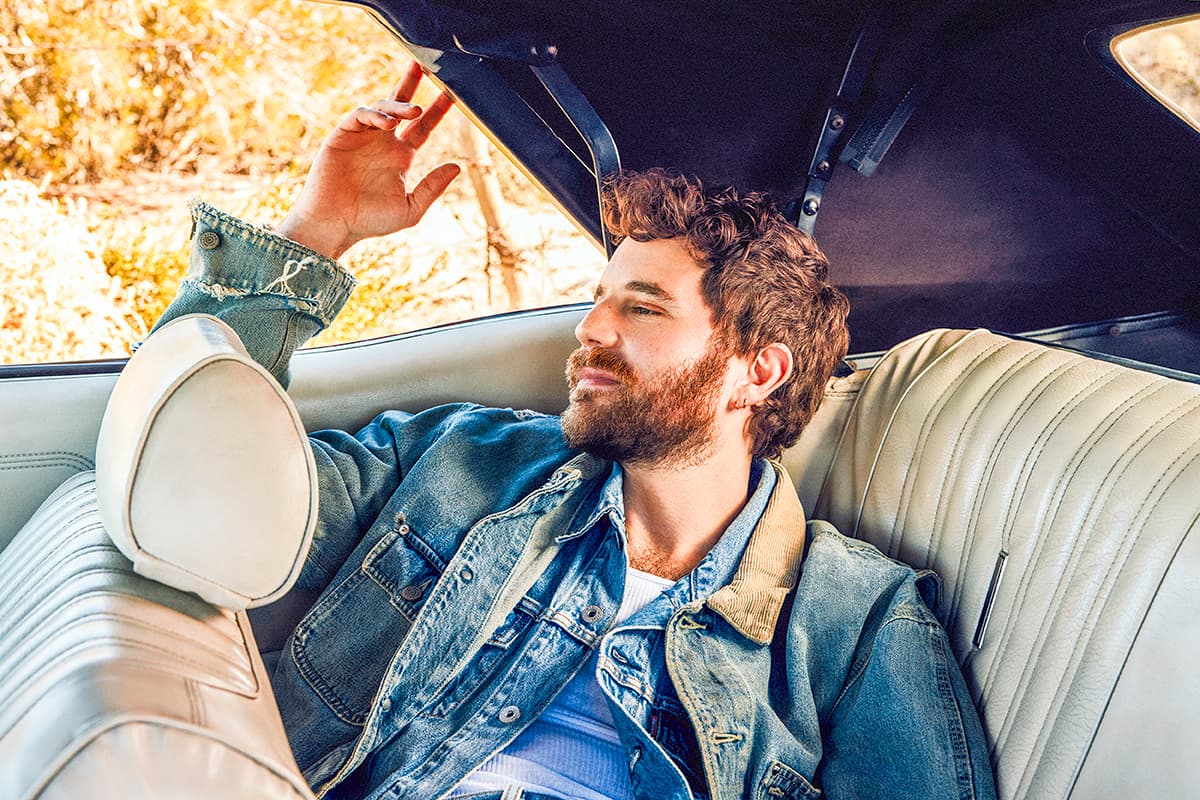
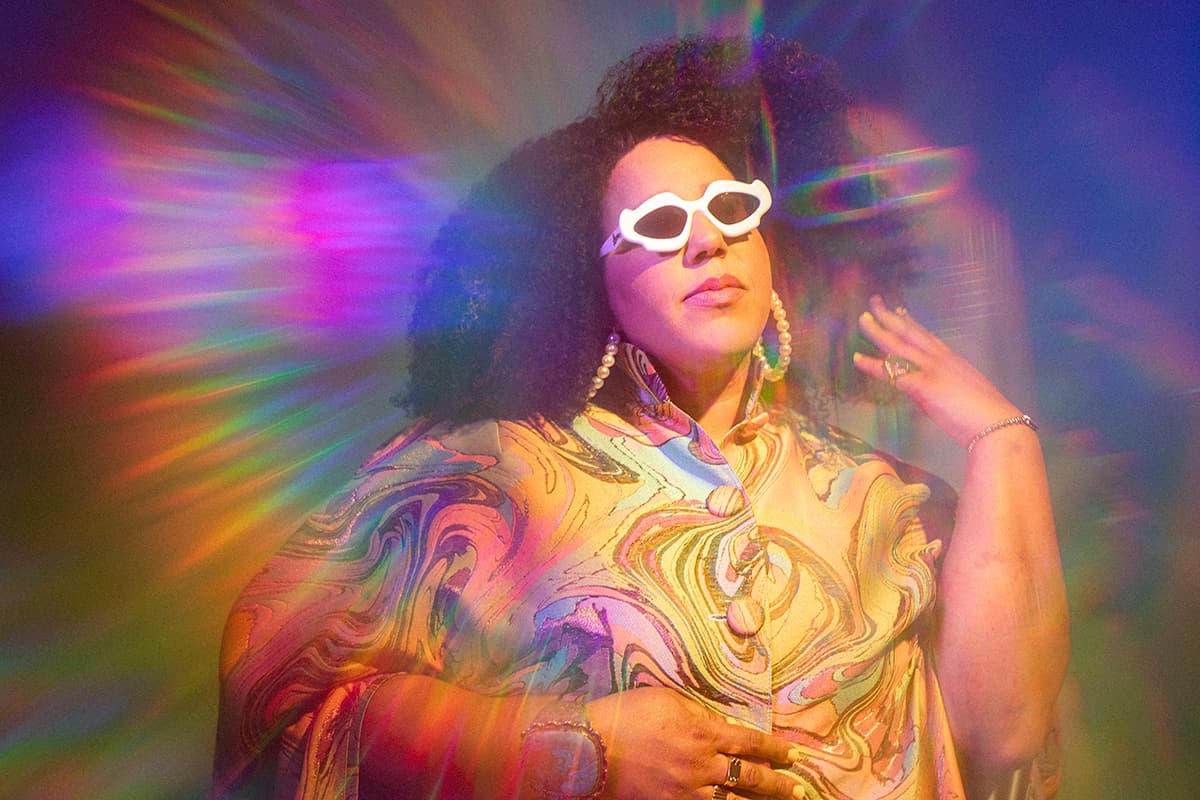
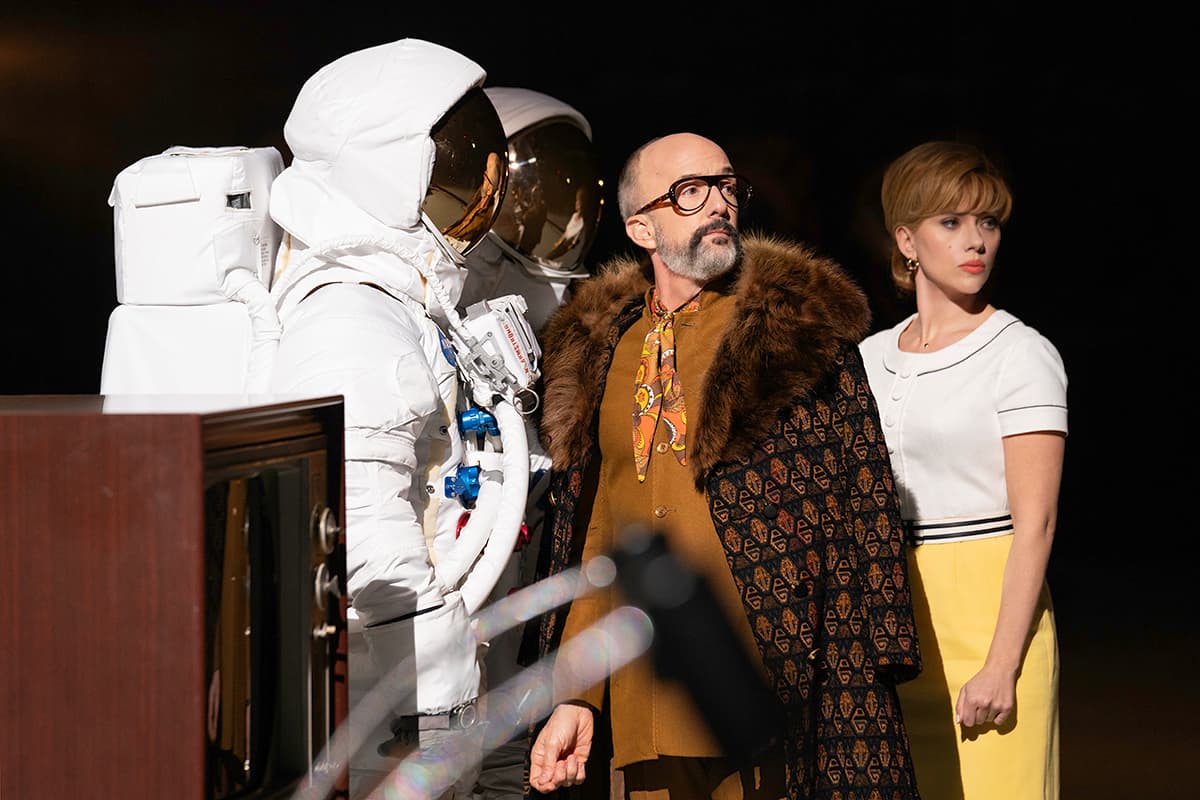














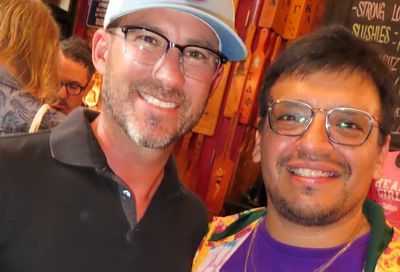
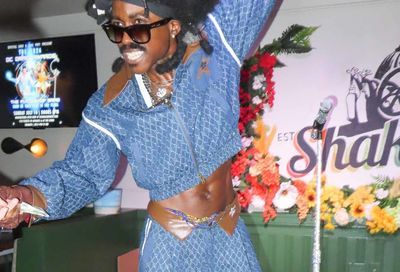
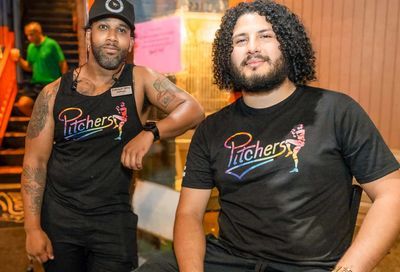
You must be logged in to post a comment.